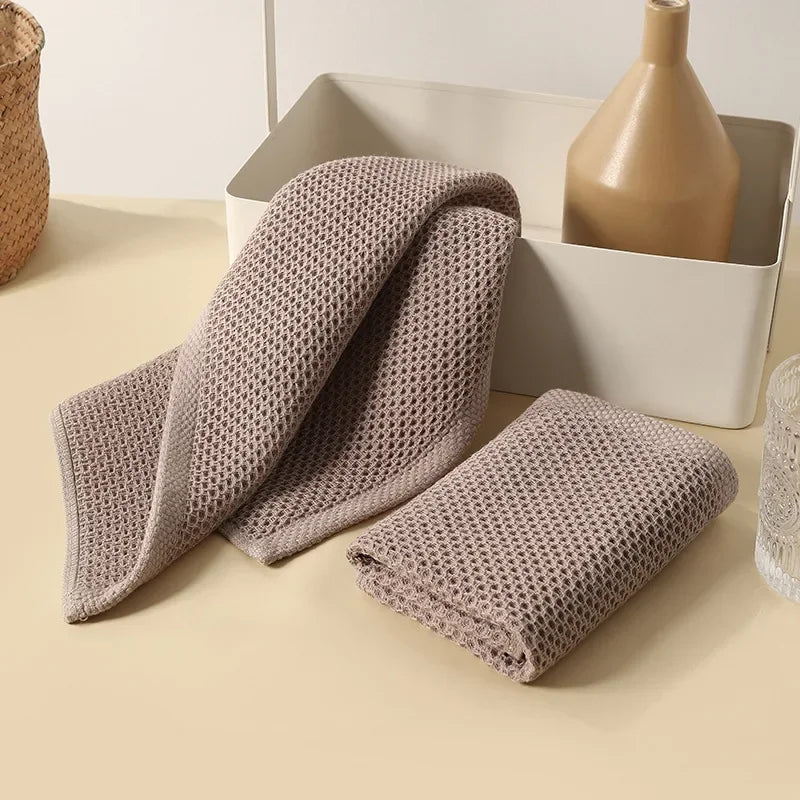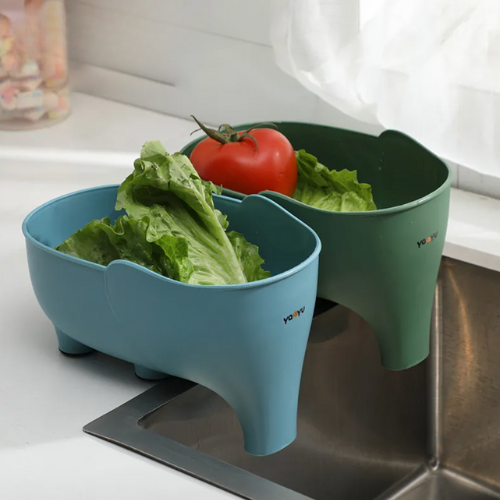Origins of The Focaccia Bread
Focaccia bread is a staple of Italian cuisine, dating back to ancient Rome. The name "focaccia" comes from the Latin word focus, meaning hearth, as this bread was traditionally baked on the hearth or coals of a fire. Over centuries, focaccia evolved into a beloved bread across Italy, with regional variations that highlight local flavors and ingredients. The addition of rosemary is particularly popular in Liguria, a coastal region where the herb thrives.
This rosemary focaccia bread recipe honors its Italian roots with a classic combination of olive oil and fresh rosemary. Known for its simplicity, focaccia is often referred to as "pizza's cousin" due to its flat shape and similar preparation methods. However, focaccia is thicker, softer, and features a more prominent role for olive oil and herbs. Adding toppings like rosemary enhances its fragrance and flavor, making it a versatile accompaniment for many dishes.
Baking focaccia bread with rosemary at home is not only easy but also rewarding. The process of dimpling the dough, sprinkling aromatic rosemary, and brushing it with olive oil is as enjoyable as savoring the warm, golden bread fresh out of the oven. Whether served alongside soups and salads, used as sandwich bread, or simply enjoyed with a drizzle of olive oil, this rosemary focaccia bread brings a taste of rustic Italian tradition to your kitchen.
What Type of Flour Works Best for Focaccia Bread with Rosemary?
The type of flour you use plays a key role in the texture and flavor of your rosemary focaccia bread. Here are the best options to achieve that light, airy crumb and perfect golden crust:
1. All-Purpose Flour
Why It Works: All-purpose flour is the most commonly used flour for focaccia. It has the right balance of protein content (usually around 10-12%), which creates enough gluten for a soft and tender bread without being too dense.
Best For: A classic, versatile focaccia with a fluffy texture and slightly chewy crust.
2. Bread Flour
Why It Works: Bread flour has a higher protein content (12-14%) than all-purpose flour, which results in more gluten formation. This makes the bread chewier and gives it a more structured crumb.
Best For: Bakers who prefer a chewier, more robust focaccia with a crispier crust.
3. 00 Flour
Why It Works: Commonly used in Italian baking, 00 flour has a very fine grind and is lower in protein compared to bread flour. It produces a delicate, soft texture that’s perfect for lighter focaccia.
Best For: Authentic Italian focaccia with a soft and tender crumb.
4. Whole Wheat Flour
Why It Works: Whole wheat flour adds a nutty flavor and more fiber, though it has a heavier texture. It’s best used in combination with all-purpose or bread flour to maintain the lightness of the bread.
Best For: A more wholesome and hearty focaccia.
For more, check out our ‘Types of Flour’ article.
Pro Tip
If you’re experimenting with flours, you can blend different types to customize your focaccia bread with rosemary. For example, try mixing 2 cups of all-purpose flour with 1 cup of bread flour for a balance of lightness and structure.
No matter which flour you choose, ensure it’s fresh and of high quality for the best results. With the right flour, your rosemary focaccia bread recipe will turn out perfectly every time!
What To Serve with Rosemary Focaccia Bread?
Rosemary focaccia bread can be served with a variety of dishes. Here are our delicious recipes that you can serve with Rosemary Focaccia Bread:
How To Store Rosemary Focaccia Bread?
Storing your rosemary focaccia bread properly ensures it stays fresh and delicious for as long as possible. Here’s how to store it, whether you’re keeping it for a day or saving it for later:
Short-Term Storage (1-2 Days)
- Room Temperature: Place the focaccia in an airtight container or wrap it tightly in plastic wrap. Store it at room temperature for up to 2 days.
- Avoid Refrigeration: Refrigerating bread can dry it out and affect its texture, so it’s best to avoid storing focaccia in the fridge.
Long-Term Storage (Freezing)
If you want to keep your focaccia bread with rosemary fresh for longer, freezing is the best option:
- Cool Completely: Allow the focaccia to cool to room temperature to prevent condensation.
- Wrap Well: Wrap the focaccia tightly in plastic wrap or aluminum foil to protect it from freezer burn.
- Use Freezer Bags: Place the wrapped bread in a resealable freezer bag, removing as much air as possible before sealing.
- Freeze for Up to 3 Months: Label the bag with the date and freeze for up to 3 months.
Reheating Frozen Focaccia
Remove the focaccia from the freezer and let it thaw at room temperature for about an hour.
Preheat the oven to 350 °F (175 °C). Wrap the bread in foil and bake for 10-15 minutes until warm. For a crispier crust, remove the foil during the last 5 minutes.
Proper storage and reheating techniques will ensure your rosemary focaccia bread retains its delicious flavor and texture, whether enjoyed fresh or days later!







































